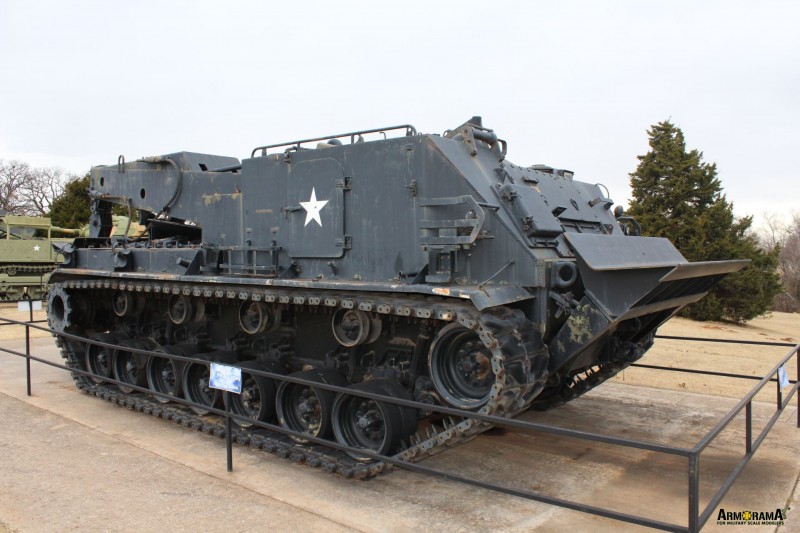




I noticed some definite variations of the paint between the sunny side and the shady side.
 I tried to get some shots when the sun flicked out but that glowing glob was shy.
I tried to get some shots when the sun flicked out but that glowing glob was shy.These are at the 45th Infantry Division Museum. I shot about 500 images of the place the other day and have been putting them on as walkarounds.
I still wonder what the Army was thinking when they selected this very dark OD in the mid-Cold War?






























